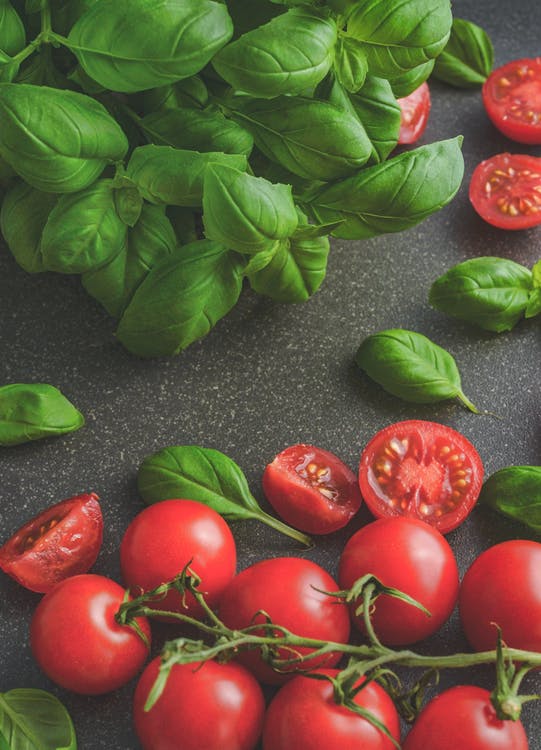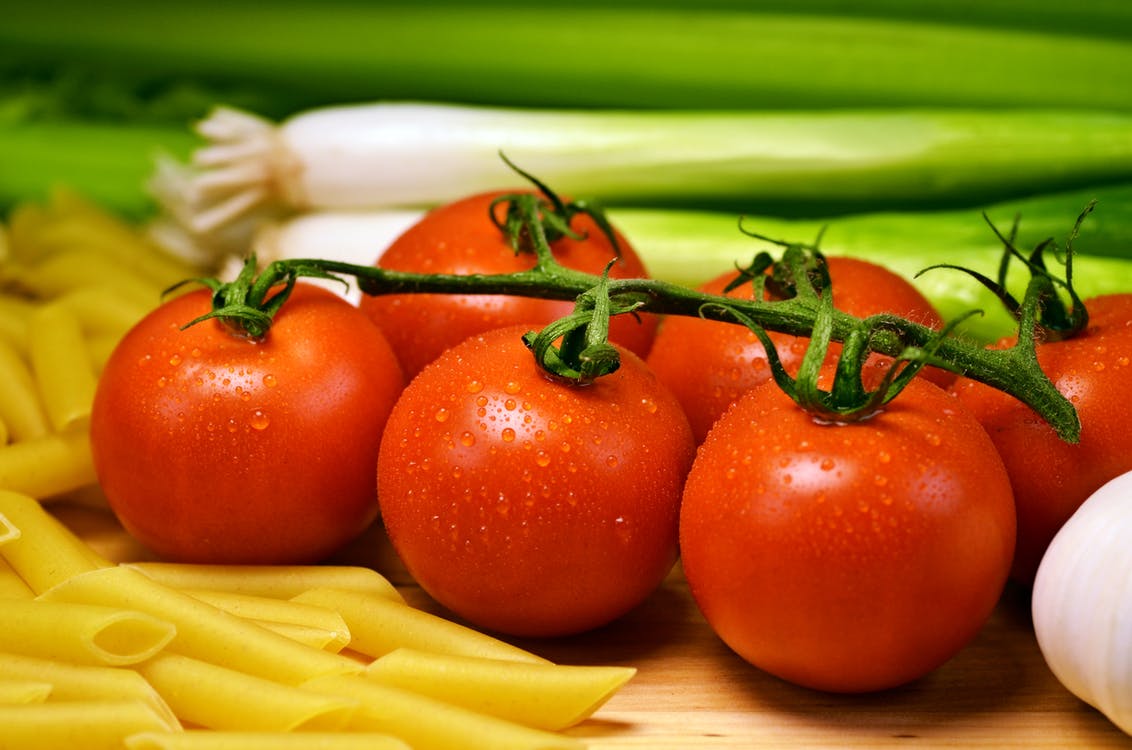It is good to have an appreciation of what real Italian cuisine is, as the traditional Italian diet is healthy.
- Updated: December 4, 2020

I have been a fan of Italian food since I first stepped into an Italian restaurant. All the fast-food chain restaurants and many cafes serving pizzas and pastas are not Italian restaurants. And I have been fortunate to have tried several reasonably authentic dishes. Reasonably authentic and not 100% authentic because of the availability of the ingredients. Some ingredients are just not available locally or are too expensive to be used.
As part of my journey of eating to better health, I have started learning how to cook. I decided to do a research on authentic Italian recipes as Italian cuisine is one of my favourite cuisines.
I found out a lot interesting things about some of the food or dishes we take for granted as Italian.
It is not what I thought it would be. Less is more. Less cheese, less meat, less garlic. No butter, no cream.
The irony is that it will be difficult for you to find the following dishes in Italy. They are not even Italian food in the first place.
Here is a list of “Italian” dishes that are not actually Italian!
1. Garlic bread
You can find this in any restaurant or café in our part of the world. But Italian it is not.
Italian dishes are much lighter on garlic.
The Italians do eat garlic rubbed on toasted bread. They eat it with olive oil, not butter and call it bruschetta. And they will toast an Italian bread such as ciabatta, not a French baguette, as has become popular in the UK, USA, and the rest of the world. And in the country of olive oil, rubbing bread in butter is generally a strange thing to do,
And you will not find it served with pizza or pasta. It will be given as an antipasto. Antipasto (plural antipasti) is the traditional first course of a formal Italian meal.
Bruschetta is commonly served with freshly chopped tomatoes and a sprinkling of salt and a drizzle of good olive oil: bruschetta al pomodoro.
2. Chicken Parmesan
This is an Americanised version of an Italian dish called melanzane alla parmigiana. It consists of aubergine fried and layered with tomato sauce, mozzarella, and Parmesan, then baked. The American version uses meat instead and serve it on top of pasta.
The Italians really prefer to keep their pasta course (primo) and meat course (secondo) separate.
3. Spaghetti and Meatballs
Just like the chicken and pasta, they do not mix a “primo” (spaghetti) with a “secondo” (meatballs). They are two distinct dishes.
Some self-proclaimed Italian restaurants often choose to serve one or two large meatballs instead of a few smaller sized ones.
If you want something similar, you can have “pasta al ragù “, which is basically the same thing, except the meat is minced, instead of in the form of meatballs.
4. Macaroni and cheese
Mac and cheese does not exist in Italy. It is soaked in milk and is chewy and sticky, a completed opposite to Italian pasta. There is no cheddar in Italy. And no macaroni neither.
By Macaroni, I think it is an Italian-sounding term for maccheroni. Maccheroni is a dry pasta shaped like narrow tubes. It is made with durum wheat and commonly cut in short lengths. Mac and cheese uses elbow shaped macaroni.
5. Pasta Alfredo
It is like macaroni and cheese with an Italian twist. Apparently, only one restaurant serves it: Alfredo’s, in Rome.
It was created in Alfredo’s in Rome in 1920 by the chef, Alfredo, to appeal to American clientele. The dish does not seem appealing to traditional Italian palates as putting cream on pasta is very rarely done. In Rome, the home of pasta carbonara, the recipe does not include cream. And there is the other issue of using butter.
Another recipe, the traditional Roman pasta cacio e pepe is simply cheese and pepper, just like the name says. Pasta gets swirled with a mixture of Pecorino Romano cheese, fresh black pepper, and a touch of olive oil; a mixture melted together by the pasta’s heat.
6. Pepperoni pizza
I also heard that this does not exist in pizzerias in Italy. ‘Pepperoni’ is only one P away from ‘peperoni’, that means “bell peppers”.
If you want pizza with salami as toppings, you will have to ask for ‘Pizza al salame ‘, or ‘Pizza alla diavola ‘. A pizza with very spicy salami is the “salame piccante” which is bright red in colour.
7. Spaghetti Bolognese
In Bologna, only tagliatelle is served with Bolognese sauce. Never with spaghetti. Emilia Romagna, where Bologna is the capital, serves “ragù alla Bolognese” – ‘ragù from Bologna’. The sauce is called ragù, not Bolognese.
Ragù is used to describe a meaty pasta sauce.
Tagliatelle is used because it holds the meaty sauce better. And a true Bolognese ragù will be much meatier than the tomato-heavy sauces served everywhere. Only little tomato paste is used. Chopped tomatoes are omitted altogether.
Unfortunately, Tagliatelle is difficult to find in supermarkets in our part of the world.

Red flags in a menu or recipe
1. Spaghetti in every pasta dish
When it comes to different pasta dishes, one pasta shape does not fit all. For a hearty sauce, like a Bolognese or ragù, the pasta shape that will hold up to the sauce, such as rigatoni or tagliatelle will be used. Spaghetti would be for carbonara.
Tiny pastas, such as orzo, ditalini, and many others are best for brothy soups.
2. Garlic Everywhere
Contrary to popular belief, Italian recipes to not use high amounts of garlic. The garlic taste is very subtle.
3. Cheese is everywhere
Cheese is delicious, and many people around the world loves cheese. But there is no need for nearly every menu item be smothered with a blanket of melted cheese.
The best Italian food is often deceptively simple. Good food does not require to be buried under mozzarella or parmesan.
4. The sauce does not come mixed into the pasta
The pasta arrives topped with a sauce that has not been properly mixed in. This covers the top layer of the pasta only and leaves the bottom layer dry.
At authentic Italian restaurants, the chef will toss the pasta with the sauce, along with some of the starchy water left over from cooking the pasta. The sauce will coat each piece of the pasta.
5. Butter and cream in a recipe
Some of the recipes online like to use butter together with olive in their cooking. I do not see the Italian chefs doing that. They also do not add cream. They use cream in just a few recipes, and they are in small quantities.
The concept behind Italian cooking is that if you use good ingredients, you must enhance their taste and not cover it with butter, cream, spices, and garlic.
If people want to put all those stuffs and cover all their dishes, that is still fine. But they should not call them “classic Italian recipes” as they are not cooking authentic Italian food.
Italian traditional food is amazingly simple. It is about bringing out the best from every ingredient. Usually no more than four or five ingredients are needed, plus salt and pepper.
In Italian cuisine, simple is better and less is more.
Note
My posts are not done with any intention of offending anybody nor of criticising the tastes of any dish or recipe. It is just my personal observation about the adherence of the recipes to the authentic Italian ones. This is after taking into consideration the Italian food culture and traditions. You can visit the links below to know more what the common perception of what Italian food.
Links
6 “Italian” Dishes That Aren’t Actually Italian
5 Fake Italian Foods & What To Order Instead
Want Real Italian Food? Skip These 8 Dishes
How To Recognize (and Avoid) Fake Italian Restaurants
Fake Italian Food You Never Serve To An Italian
10 Pasta Rules You Probably Aren’t Following, But Should
The Usage Of Cream In Italian Recipes Abroad. A Real Nightmare!!!
